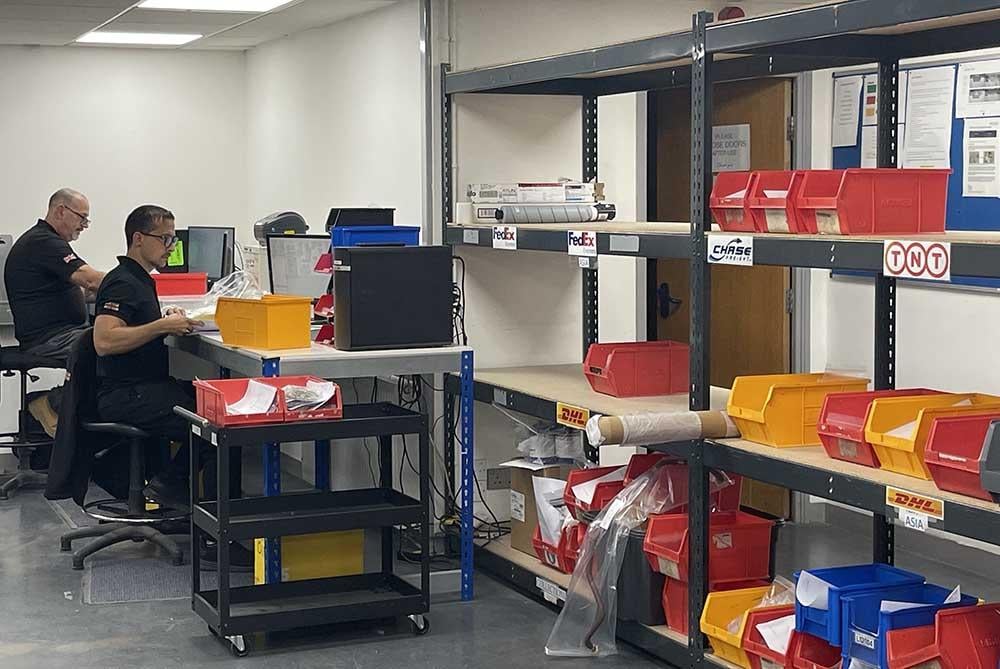PDQ Airspares Adjusts Parts Strategies Amid Supply Chain Headaches

High demand components require meticulous planning and forecasting to ensure a seamless flow of material supply, especially during disrupted supply chains. PDQ Airspares, a consumable and expendable supplier with locations in the UK, Poland, Singapore and China, is leveraging several strategies to counter ongoing parts supply headaches.
Managing Director Paul Rice says most items at its warehouse tend to be consumed in mass volume and with great frequency. Such items include engine parts, bearings, lamps and rivets and supplies for line maintenance and A, B, C and, in some cases, D checks.
However, he feels that ongoing supply chain dilemmas are still impacting sourcing, prices and availability of these items, and complications can arise from different sources: from delivery slowdowns on the supply side from manufacturers of specific systems and components to issues with OEMs.
“We have seen delays with the OEMs and their production schedules, operational issues or raw materials being hard to source and prices have risen across the board. Also, availability has been difficult,” Rice says.
PDQ is looking closely at its inventory and it is pre-buying materials, making bulk purchases and tapping into planning information from its customers to counter some of the challenges. “If we see a potential issue arising on certain expendable and consumable parts, we will ask the customer to provide us a forecast. We will then buy the parts against that forecast and hold it in our facility until the customer needs it, and we will fix the price for them,” Rice explains.
Rice says stock availability is a tip to achieve success. “We are going out and procuring a vast range of part numbers in high volume,” he says. He also highlights the importance of having the financial capabilities to make these investments, and to understand customers and their business.
Rice says effective planning and forecasting for such components is key, so keeping in lockstep with customers is fundamental in identifying those needs. More specifically, he says consignment programs can ease potential delays and disruptions. “In such a scenario, we put a stock of consumable and expendable products into a customer’s facility and then invoice for the materials as they use it,” he says. “We can typically build up a 3-4 month buffer of stock in their facility, so even if we experience some supply chain issues, they have sufficient stock to maintain operations.”
Kitting is another potential solution used for planning and forecasting. In this example, Rice says customers will provide a list of parts required for certain stages of maintenance—perhaps to perform an A check—and, with that forecast data, PDQ can build the kits ahead of time and deliver them ready-to-use. “This helps with demand and supply, and it also reduces waste,” he adds.





